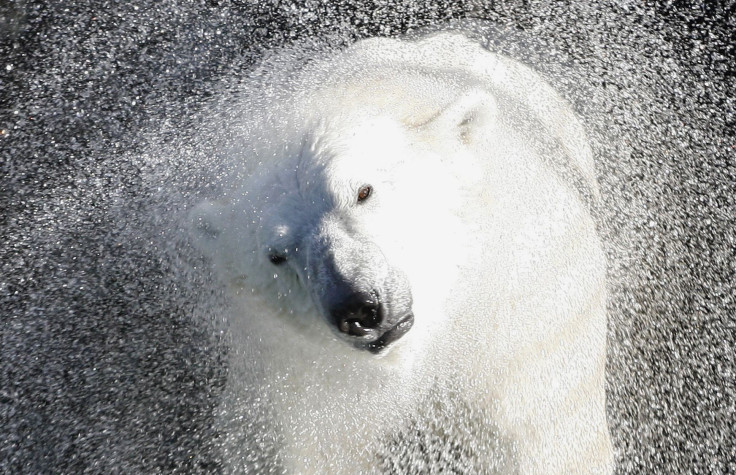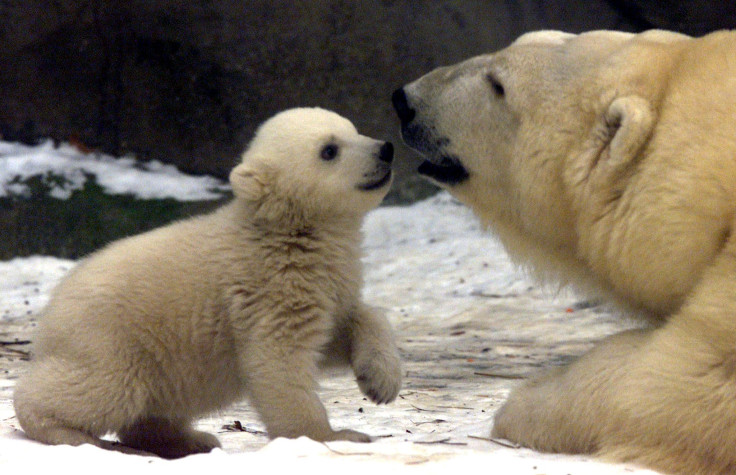National Polar Bear Day: 20 Interesting Facts About Polar Bears

Though pop culture recognizes polar bears as cuddly, pristine-coated creatures that slide down hills with Coca-Colas, the magnificent creatures are actually one of the wild’s most talented hunters and the largest carnivore found on land.
In celebration of Polar Bear Day today, we’ve gathered a few facts below about the beautiful animals. From their food preferences to their worldwide population numbers, read through our list of 20 things you may not know about polar bears.
1. Polar bears stay warm in harsh Arctic temperatures thanks to their two layers of fur. They are also equipped with a thick fat layer for added insulation, says Polar Bears International.
2. Polar bears are known to have more problems with overheating than staying warm.
3. Massive adult male polar bears normally weigh 775 to more than 1,200 pounds.
4. Adult females are smaller, normally weighing 330 to 650 pounds.
5. Polar bears’ closest relative is the brown bear.

6. When standing on its hind legs, an adult male may reach more than 10 feet.
7. The largest polar ever recorded weighed a whopping 2,209 pounds.
8. According to their estimates, scientists believe there are close 25,000 polar bears worldwide.
9. Polar bear’s belong to the ursus maritimus (sea bear) species.
10. According to DNA studies, polar bears have existed as a species for about 600,000 years.

11. Despite numerous doomsday tales for the species, scientist don’t believe that hybridization nor global warming will wipe out polar bears anytime in the near future.
12. Polar bears keep from slipping on ice with the help of small bumps on their feet called papillae.
13. They have a very strong sense of smell that helps them detect seals.
14. Polar bears primarily eat seals. They normally eat the blubber, which helps them build up their fat reserves that they use as sustenance between feedings.
15. Seals are the highest calorie source available to polar bears.

16. Polar bears typically live between 15 to 18 years in the wild. But in captivity, they can twice as long – normally until their mid to late 30s.
17. The world’s oldest zoo polar bear to have lived was called Debby. She lived at Assiniboine Park Zoo in Winnipeg, Canada. She reached age 42, but was euthanized in November 2008 after it was discovered she was suffering organ failure.
18. Female poplar bears typically nurse their cubs for two and a half years.
19. There are 19 distinct polar bear populations recognized by scientists.
20. Polar bears sit at the top of the Arctic food chain, helping control seal populations.
© Copyright IBTimes 2024. All rights reserved.






















